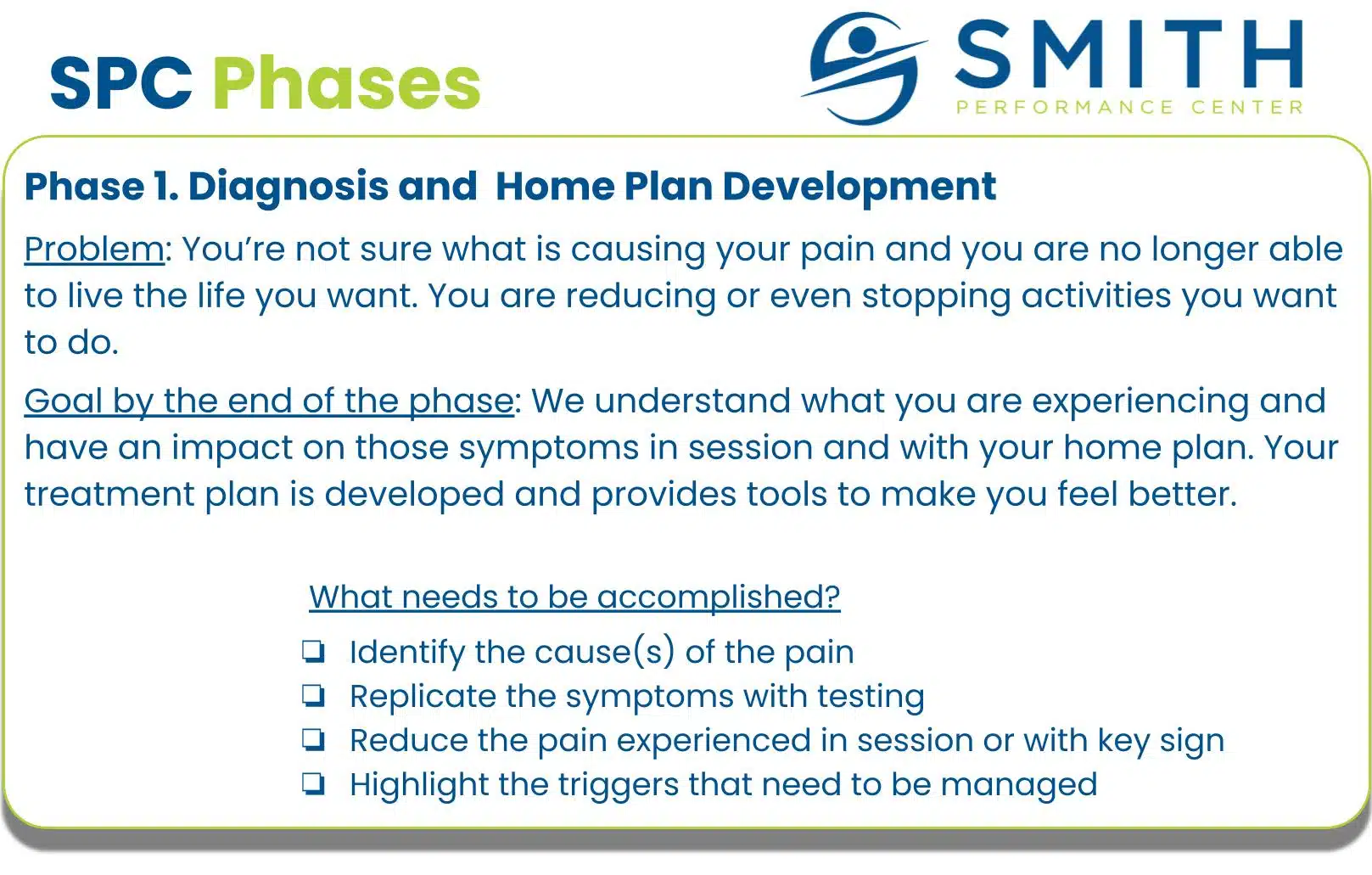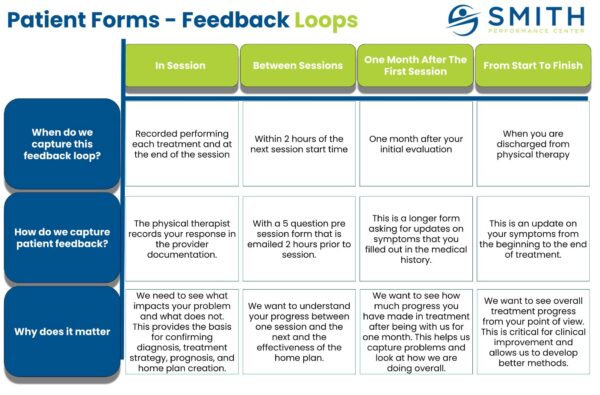
Why Your Physical Therapy Home Exercise Program Isn’t Working
Not all physical therapy home exercise programs are created equal. But the reason why your physical therapy home exercise program is not working is likely due to more than one reason. Your home plan should guide your recovery with clear, effective exercises tailored to your needs, but your therapist might be overwhelmed with clients, relying too much on assistants, or emphasizing passive treatments instead of empowering you with actionable strategies. Whatever the cause, a poorly designed home plan can stall your progress—or even make your symptoms worse. We see each of these situations when reviewing the histories of new clients with long-term injuries. The home plan is a critical component of your rehab plan in physical therapy. Our team regularly helps new clients who have been doing the same home plan from physical therapy for years which is not helping. This includes obvious mistakes like stretching an irritated nerve, overloading







